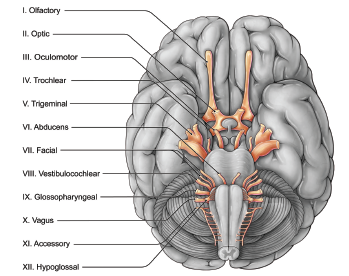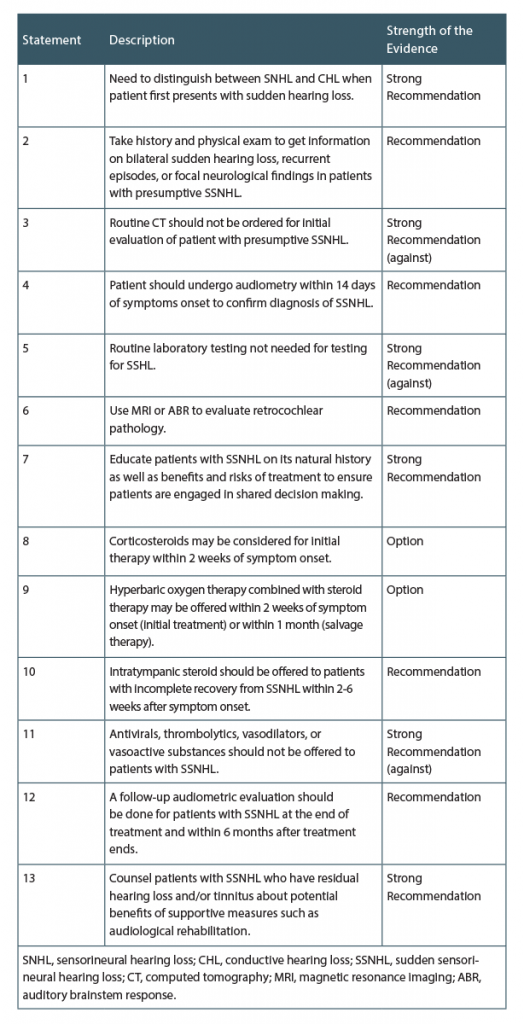Vagus nerve stimulation paired with tones may improve auditory processing.


Vagus nerve stimulation paired with tones may improve auditory processing.

A new study has linked chronic conductive hearing loss with speech recognition deficits.

Defining significant asymmetric sensorineural hearing loss (ASNHL) is important to determine if a patient requires further evaluation for retrocochlear pathology.
the findings are consistent with lower hearing loss prevalence in African-Americans compared to the non-African-American populations

The updated clinical guidelines provide 13 action statements to help clinicians accurately diagnose sudden hearing loss to ensure appropriate management.

Investigators show the feasibility of using smartphones to detect middle ear fluid in children with suspected acute otitis media and acute otitis media with effusion.
The AAO–HNS has published a set of clinical statements on the indications for and appropriate use of balloon dilation of the Eustachian tube.

A look at best practices, cytomegalovirus, genetics, and cochlear implants for single-sided deafness.

There is reasonable concern that patients with severe hearing loss may obtain minimal benefit from OTC hearing aids and not seek a higher level of hearing rehabilitation.

A common question by patients with newly diagnosed vestibular schwannomas (VS) is, Which treatment will best preserve my hearing?”